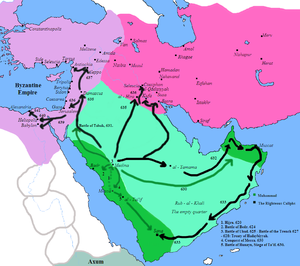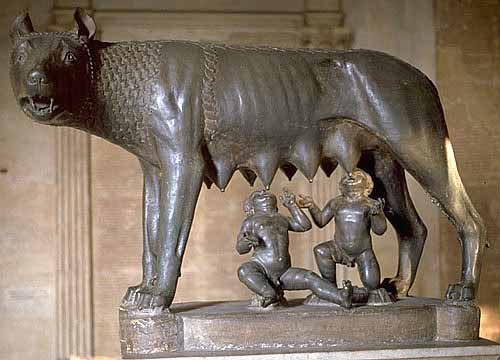
Their were three main causes for the outbreak of the Protestant Reformation. The fallen Church, Martin Luther's teachings and influence, and the building of Saint Peters by the purchase of indulgences all led to Reformation. These three causes greatly affected the Catholic Church and will be visited in this post.
The fallen Church played a huge role in the eruption of the Reformation. The Church had fallen in many aspects, one was the area of corruption. They were selling Church positions to whoever would pay the most, even to Popes. You could buy your family member out of Purgatory, pay to see Holy relics, or buy a statue of your favorite saint. The focus was taken off God and was put on taking people's money. The focus for most Priests or Popes was their social status.
Martin Luther was the most well known "leader" of the Reformation. He was a priest within a monastery who definitely doubted his faith. He was sent to Rome to be in the Holy city and this is where he sees all of the problems within the Catholic Church. Pope Julius was ruling during Luther's journey. Luther sees how corrupted the Church is and is sent to the University of Wittenburg to be a priest and a Professor, as well as a student in order to receive his Doctorate in Theology. Prince Frederick of Saxony was the Patron of the University and did not like Luther's teachings on the problems with the Church. Martin Luther soon posts his 95 theses on the door of the Church after he finds out about the works of the new pope.
He is definitely one of the most remembered of his time.(Booth, Chapter 2;24-55)
The new pope is Pope Leo X. He is from a very wealthy family who built Florence. Pope Leo has a huge goal that he must reach. He wants to build one of the biggest, if not the most ornate, churches known to man. St. Peters was to be built and funded by the selling of indulgences. Indulgences were bought so that the consumer would be rid of past, present, and future sins. A passport to heaven was a hot item back then and people believed the sellers, mainly Letsul. This is the third and final main reason for the outburst of the Protestant reformation.
(Thopson, 55-56)
In conclusion the fallen Church, Martin Luther's teachings and influence, and the building of Saint Peters by the purchase of indulgences all led to Reformation. These three influences' forever changed the Church. Martin Luther is one of the most remembered men of his time, if not all times.
Thompson, Stephen, ed. The Reformation. New York: Greenhaven P, Incorporated, 1999.
Booth, Edwin. Martin Luther : The Courage to Seek. Grand Rapids: Barbour, Incorporated, 2004.












